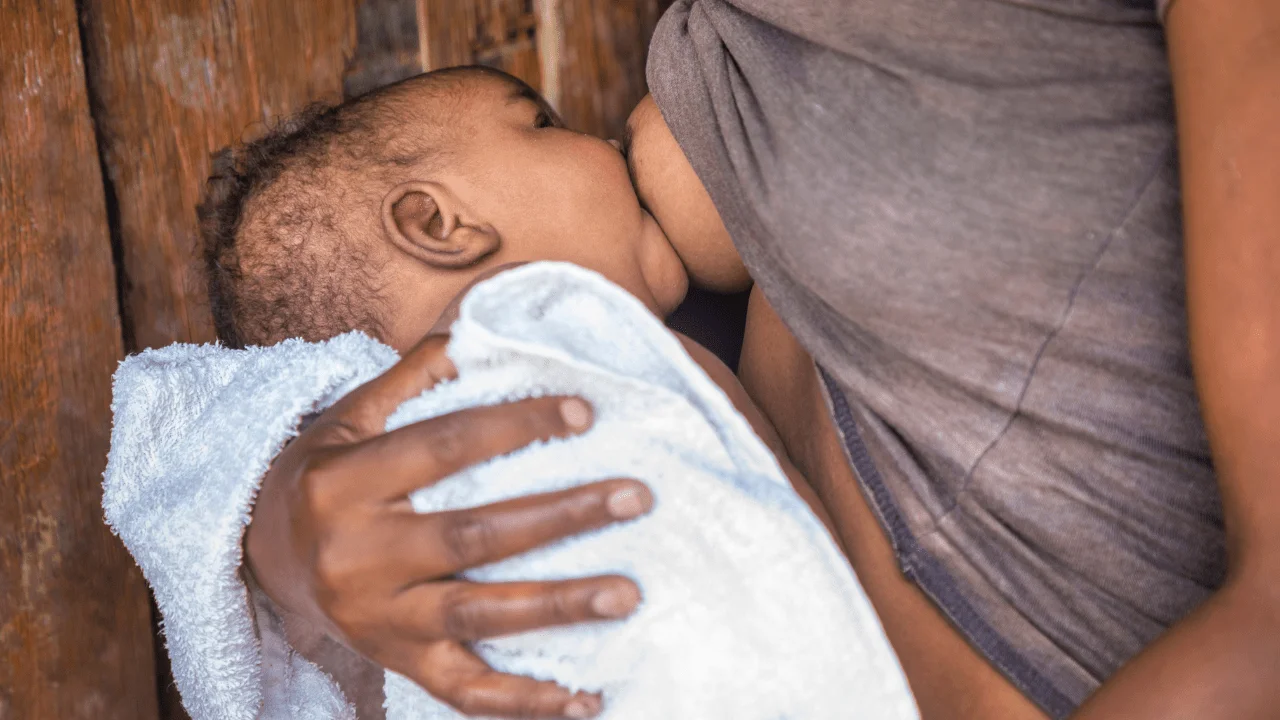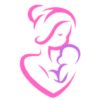
Your recovering body is vulnerable to postpartum infections after you give birth. These include puerperal infections, otherwise known as uterine infections, as well as postpartum yeast infections, urinary tract infections, and mastitis, or breast infections. Common signs include fever, chills, and a general sense of illness. Many of these infections are easy to treat, but some may be life threatening. If you notice any signs of infection after birth, along with other worrisome symptoms such as abdominal pain or painful urination, let your doctor know right away.
በዚህ ጽሑፍ ውስጥ
- Are there different types of postpartum infections?
- What causes these postpartum infections?
- What are some of the postpartum infection symptoms to look out for?
- What should I do if I have symptoms of postpartum infections?
- Can I prevent any of these postpartum infections?
Are there different types of postpartum infections?
Your recovering body may be vulnerable to certain infections after you have a baby. Some postpartum infections actually begin brewing during labor, though they often don’t become apparent for days – or even weeks – after delivery. Common infections include:
Puerperal infections
Uterine infections that happen because bacteria has entered your uterus during labor are called puerperal infections. There are three main types:
- Endometritis, or infection of the uterine lining
- Myometritis, or infection of the uterine muscle
- Parametritis, or infection of the areas around the uterus
You have a higher risk of developing these infections if you had a c-section, and the risk is even higher if you labored beforehand.
It’s also higher if your labor was very long or there was an extended period of time in between when your water broke and giving birth. Chorioamnionitis is the infection of the chorion – or water bag – that can happen during labor. Most of the time this resolves with delivery and antibiotics, but it does increase your risk for the above puerperal infections. Among women who deliver vaginally, the risk of puerperal infections is higher for those who have an assisted vaginal delivery than for those who have a spontaneous vaginal birth,
Mastitis
Mastitis is a form of breast inflammation caused by infection. It often occurs during the first six to twelve weeks of breastfeeding and affects as many as 1 in 10 nursing mothers. Mastitis is more likely if you have cracked nipples, use only one breast to nurse, or have to change your breastfeeding or pumping schedule. When women are weaning, babies start sleeping through the night, or moms go back to work, the breasts may not fully empty with each pump or feed. This allows skin bacteria to thrive within the ducts and cause infection. (It’s unlikely that a non-nursing mom would get mastitis, though it can happen when her breasts become engorged before her milk dries up.). Mastitis causes breast pain in one place (not both breasts) and flu-like symptoms, often with a fever. If you have symptoms, call your doctor for treatment with antibiotics. If left untreated, mastitis can progress to an abscess which will need to be surgically drained.
Mastitis can range in severity from a red and warm irritation to a flu-like infection. Hear what five moms have to say about their experience with mastitis.
Infected incisions
If you had a c-section, your incision site can get infected. (After a vaginal birth, it’s possible to have one at the site of an episiotomy or tear, though this is uncommon.) Up to 16 percent of women who have a c-section develop an infection, usually within a week of delivery. Risks of incisional complications include obesity, diabetes, and infections during labor.
Urinary tract infection
You’re more vulnerable to developing a urinary tract infection after giving birth, particularly if you had a catheter in your bladder or an epidural.
Yeast infection
You may end up with a yeast infection a few weeks postpartum, especially if you were given antibiotics during or after delivery which killed off some of the good bacteria in your vagina.
What causes these postpartum infections?
Bacteria that normally live in and around your vagina can infect your uterus, bladder or vagina after delivery. Some things that raise your risk of this happening include:
- Many vaginal exams during labor
- A long labor
- A c-section
- Use of a catheter to drain urine during labor and delivery
Mastitis happens when bacteria get into your milk ducts via cracked nipples and cause infection. It may also be due to trapped milk in a milk duct, which creates a favorable environment for bacteria to grow.
What are some of the postpartum infection symptoms to look out for?
Many infections are accompanied by a fever, chills, or a general feeling of illness or discomfort, and sometimes these are the only obvious symptoms. Other symptoms to watch out for include:
- Lower abdominal pain, a low-grade fever, or foul-smelling lochia (signs of endometritis)
- A painful, hard, warm, red area (usually only on one breast) and fever, chills, muscle aches, fatigue, or a headache (signs of mastitis)
- Redness, discharge, swelling, warmth, or increasing tenderness or pain around an incision site or wound (whether it’s a c-section incision, an episiotomy, or a laceration) or an incision that looks like it’s beginning to separate
- Difficulty urinating, painful urination, the feeling that you need to urinate often and urgently but little or nothing comes out, or urine that’s cloudy or bloody (signs of a urinary tract infection)
What should I do if I have symptoms of postpartum infections?
Because an untreated infection can quickly become serious, it’s important to alert your healthcare provider early if you have a fever or any of the other symptoms described above.
(You may have heard that breast engorgement can cause a low-grade fever. While that can happen, engorgement isn’t always the cause of a postpartum fever. Call your provider to be safe.)
You’ll be given antibiotics to treat the infection. Be sure to let your provider know if you’re breastfeeding because that will influence which medications they prescribe. Oral antibiotics are usually enough, but in some situations, you may need intravenous antibiotics and possibly other treatment. (For example, if you have an infected wound, it may need to be opened surgically and drained.)
You’ll probably begin to feel better within a few days of starting antibiotics, but it’s important to take the full course, even if your symptoms disappear. Ask your provider how long the drugs should take to start working, and be sure to let them know if they don’t seem to be helping within that time period. You may need to switch to another drug, or there may be something else going on.
Drink plenty of fluids to prevent dehydration, and get as much rest as possible to help your body fight the infection.
Can I prevent any of these postpartum infections?
If you need to have a C-section, your doctor will often give you antibiotics at the beginning of the surgery to decrease the risk of surgical infections. Since bladder catheters increase risk of an UTI, consider avoiding them unless you get an epidural during labor or have a C-section. You can also request that it be removed as soon as it’s possible after you give birth.
If you’re nursing, always make sure your baby empties one breast before switching to the other, and change your baby’s position from one feeding to the next to help empty all the areas of the breast.
Remember, some infections are no big deal and can be treated at home or with antibiotics, while others require immediate medical attention. Always call your provider if you have symptoms or questions.
ተጨማሪ ያንብቡ


Add a Comment